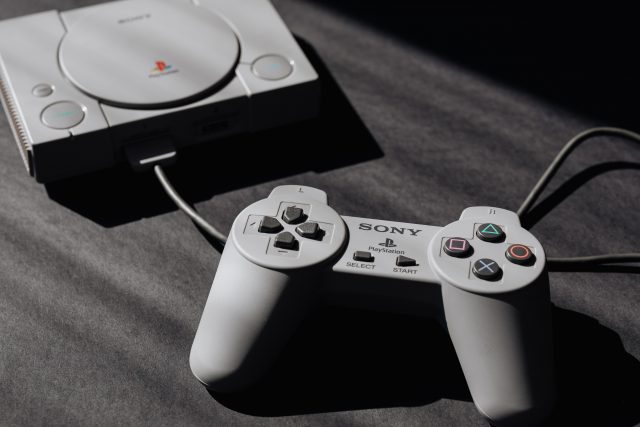The gaming software we all know and love, such as the Playstation 5, to hardcore, retro fans of the 1977 Atria 2600, for example, are representations of their time.
The history of gaming consoles around the world has been crazy, from technical difficulties and constraints to design, yet it has a way of echoing – or possibly even establishing – the aesthetic of the average American gamer.
We are here to discuss the extensive history of gaming consoles within American, consisting of almost 40 years of plastic boxes that are now such a significant part of our society.
Atari 2600 – Nintendo Entertainment System
The Atari 2600 was released in September 1977 and was an instant classic in the gaming world. The console design was inspired by many of the personal computers that were popular in the 70s. This included fake wood panelling.
The grilled plastic top and the pronounced angular ridge were more reminiscent of a vintage digital clock than what we now constitute as a game console. However, while this may seem slightly strange to us, it was extremely popular in the 70s aesthetic.
However, one of the pitfalls of being so popular is the copycats that quickly flooded the gaming market after Atari’s release. This led to the market becoming oversaturated –before half of the American families even had one in their homes.

By 1983, the industry was booming, and Atari began its descent.
After the crash in the gaming market in 1983, and the need to make something that did not look like a gaming console, Nintendo released their Nintendo Entertainment System that combined the aesthetics of children’s toys and a VCR.
The NES was rectangular and extremely durable, with a lidded door that hid a cartridge slot. Instead of the black and fake-wooden exterior of the Atari, it featured grey plastic panels. This began the second wave of gaming frenzy in American households.
Sega Mark III
Similar to Nintendo’s approach, Sega decided to make a gaming console that didn’t look like a gaming console. Their design was simplistic and pleasing, appealing to the nihilistic impulse in American’s to dominate.
However, it began to be associated with the vision of menace in the American household.
They changed the design from featuring bright yellows and blues to a sharp, sleek design of glossy red and black. They marketed it as more than just a gaming system, but a machine that provided entertainment for friends and family.
The Sega Mark III was branded to the American’s imperialist and violent psyche, where the American imagination could run wild.
The used the destructive egomania in the States as a marketing strategy that would be coined as the Console Wars.
The 90s saw a new generation of gaming consoles that were fighting against each other to appeal to the young, edgy gamers in America. Their designs stayed a glossy-black; the smooth, polished look was thought to fit with the American aesthetic of the time.
The marketing strategies developed by Sega during this period are still used to this day.
After their success with the Nintendo Entertainment System, Nintendo developed a more traditional gaming system with designs that became the defining characteristics of the Super Nintendo Entertainment System.
Gone was the sleek black look, and it was the grey and indigo with a similar appearance to spacecraft. Despite this new look, the SNES maintained its bulky exterior to appeal to the American market.
This began another wave of gaming consoles such as the Neo Geo, NEC and the TurboGrafx-16.
Sony PlayStation
None of these new consoles could match the Sony PlayStation, however.
To say this grey slab revolutionised the American console landscape would be an understatement.

Despite the love for the Nintendo64 now, at the time, the PlayStation was never rivalled due to its outdated cartridge design and strange controller shape.
Despite the Sega Dreamcast being released at the beginning of the new generation, with the aesthetic that was being popularised by Steve Jobs and Apple products, this proved to be the end of the console manufacturer.
In fact, Sony won this generation of gaming consoles with the launch of the PlayStation 2 – the first vertical game console.
At the turn of the century, Nintendo released their GameCube, which many believe is one of the best console designs of all time. It was small and charming, which appealed to the changing aesthetics of the early 2000s.
The seventh and eighth generations largely carried over the same designs and principles, with releases such as the Xbox 360, PS3, PS4 and Xbox One.
What we can see from this history is that gaming consoles have evolved to match the aesthetics and ideologies of the time they are released. The designs demonstrate the way in which companies saw their users and how users wanted to be seen.



































